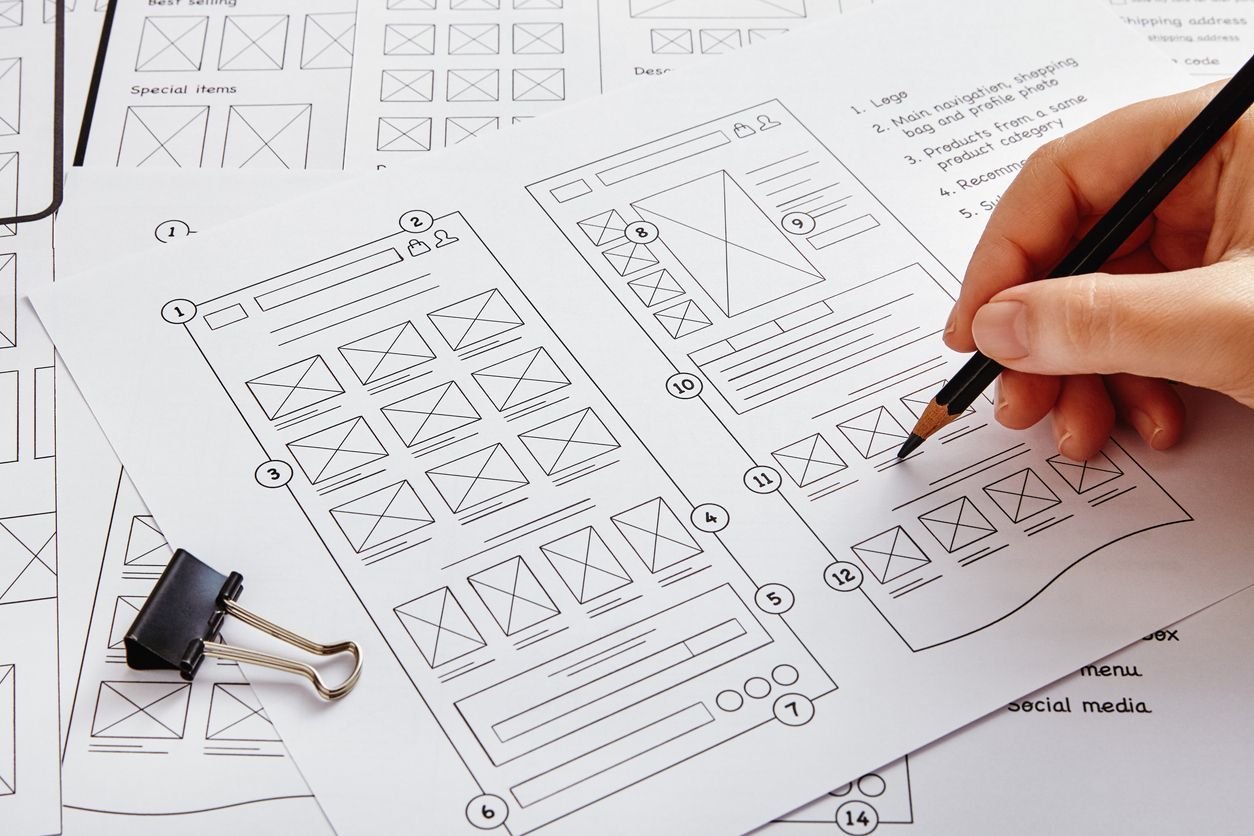What is Design Thinking?
Design Thinking: A Creative Problem-Solving Approach
In a world driven by rapid innovation and complex challenges, design thinking has emerged as a powerful framework for solving problems creatively and collaboratively. Whether you're building a product, revamping a service, or rethinking a business model, design thinking can unlock solutions that are not only innovative but also deeply human-centered.
What Is Design Thinking?
At its core, design thinking is a problem-solving methodology that prioritizes empathy, collaboration, and experimentation. It’s a process that encourages teams to deeply understand the needs of their users, challenge assumptions, and explore a wide range of ideas before narrowing in on a solution.
The framework consists of five iterative stages:
- Empathize: Understand the users and their needs through research and observation.
- Define: Clearly articulate the problem based on insights gathered during the empathy stage.
- Ideate: Brainstorm a range of potential solutions without judgment or limitations.
- Prototype: Create tangible representations of ideas to test and refine.
- Test: Evaluate prototypes with users, gather feedback, and iterate.
Why Is Design Thinking Important?
Design thinking goes beyond aesthetics or functionality—it’s about creating solutions that genuinely resonate with the people they’re designed for. Here's why it’s a game-changer:
- Human-Centered Approach: It focuses on understanding and addressing real user needs.
- Encourages Creativity: The process fosters out-of-the-box thinking, allowing teams to break free from conventional solutions.
- Fosters Collaboration: By involving diverse perspectives, design thinking helps build well-rounded solutions.
- Supports Agility: The iterative nature of design thinking allows for quick testing, learning, and adaptation.
Real-World Applications of Design Thinking
Design thinking isn’t limited to product design—it can be applied across industries and challenges. Here are a few examples:
- Healthcare: Hospitals have used design thinking to improve patient experiences, such as streamlining check-in processes or redesigning waiting areas to reduce stress.
- Education: Schools have adopted the methodology to create more inclusive and engaging learning environments.
- Business Strategy: Companies have used design thinking to redefine their value propositions, improve customer service, and innovate new products.
How to Start Using Design Thinking
If you’re ready to embrace design thinking, here are a few tips to get started:
- Start with Empathy: Talk to your users, observe their behavior, and immerse yourself in their world. Tools like user interviews, journey maps, and shadowing can help.
- Embrace the Iterative Process: Don’t aim for perfection on the first try. Create prototypes quickly, test them, and iterate based on feedback.
- Create a Safe Space for Ideas: Encourage a culture of openness where team members feel comfortable sharing even the most unconventional ideas.
- Leverage Diverse Teams: Involve people with different backgrounds and expertise to bring varied perspectives to the table.
Conclusion
Design thinking is more than just a buzzword; it’s a mindset and a methodology that can transform the way we solve problems. By putting people at the center of the process and embracing creativity and iteration, we can craft solutions that are not only effective but also deeply meaningful.
- Whether you're a designer, a business leader, or someone looking to make a positive impact, adopting design thinking can empower you to tackle challenges with fresh perspectives and innovative strategies. So, why not give it a try? The solutions you discover might surprise you—and your users.
Limited time
$399 Special Offer
Aren't sure why your site isn't converting? Why not start with a simply analysis to see where you fall is user experience score? Happy users convert. Frustrated users leave.
Offer expires December 31st or while spots last









